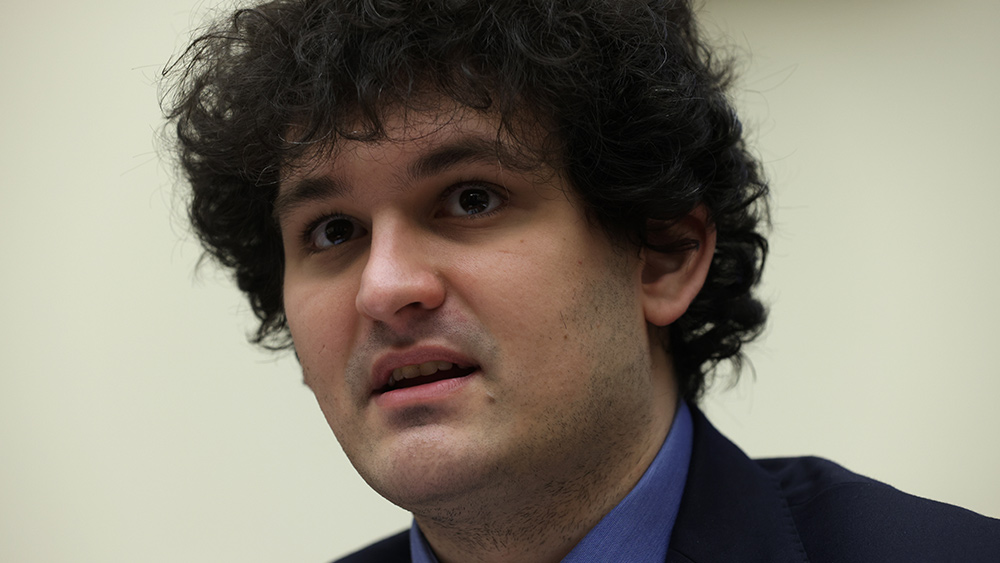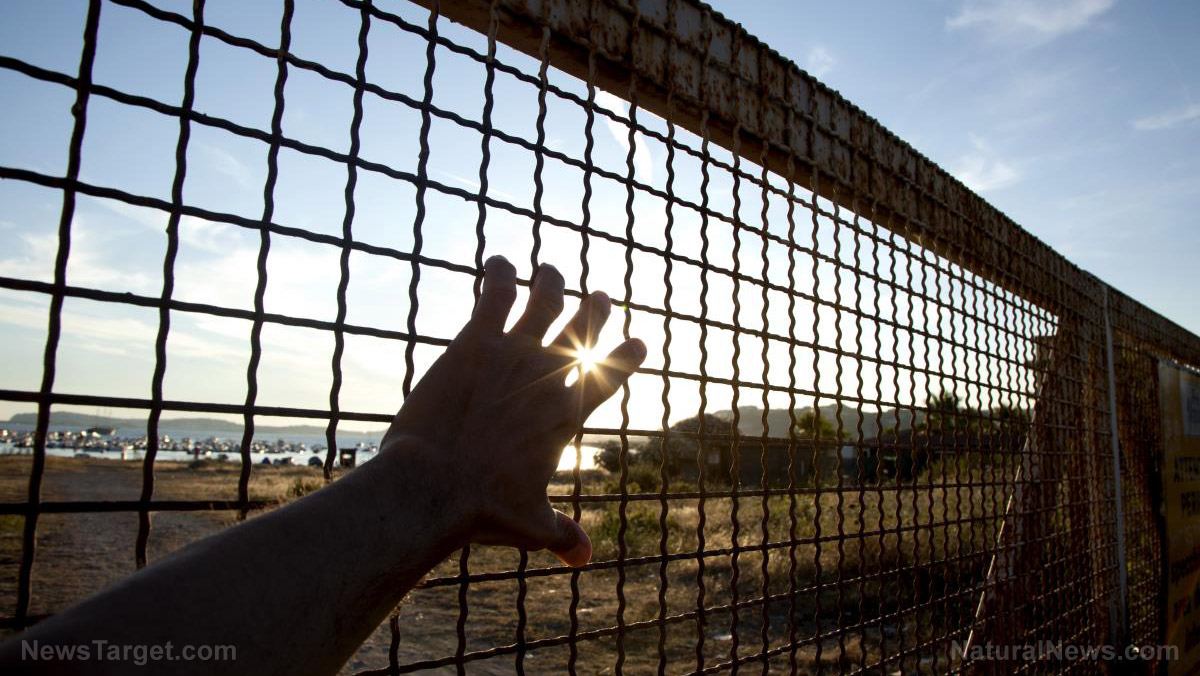Rite Aid to close up to 500 stores in BANKRUPTCY proposal
09/25/2023 / By Ethan Huff

As much as 25 percent of pharmacy chain Rite Aid’s retail footprint could disappear in the coming days as one of the top 10 largest pharmacies in the United States negotiates with creditors over a chapter 11 bankruptcy plan that The Wall Street Journal says “would substantially shrink [Rite Aid’s] operational footprint.”
If all goes as requested by the company, Rite Aid will shutter between 400 and 500 of its U.S. locations. The company will also either sell or let creditors take over its remaining operations, though no final decision has yet been made.
The Philadelphia-based pharmacy chain currently faces more than $3.3 billion in debt and more than 1,000 federal lawsuits claiming it oversupplied the country with deadly opioid pharmaceuticals.
Rite Aid currently operates more than 2,330 stores in 17 states, which though it may sound like a lot, is substantially less than the footprints of rivals CVS Health and Walgreens.
(Related: Competitor Walgreens is facing serious challenges in its San Francisco market where rampant theft is souring the company’s financials.)
Opioid lawsuits could kill America’s corporate drug dealing sector, i.e., Rite Aid, Walgreens and CVS
According to reports, the top seven companies currently operating pharmacies in the U.S. include, going from largest to smallest: CVS Health, Walgreens Boots Alliance, Cigna, UnitedHealth Group, Walmart, Kroger and Rite Aid. Together, all seven of these corporations captured 70 percent of U.S. prescription drug dispensing revenues in 2022.
People familiar with the matter say that a group of bondholders would prefer to liquidate a larger number of stores, including those stuck in “uneconomical long-term leases that the company can’t get out of, making bankruptcy an effective tool to shed them.”
Rite Aid is also considering holding an auction to sell its Elixir pharmacy unit along with other valuable parts of its business.
In Rite Aid’s case, most of the federal opioid lawsuits against the company have been consolidated into a multi-district litigation in Ohio. There are similar pending cases the company faces in other states, as well as a civil lawsuit filed by the Department of Justice (DOJ).
The DOJ case accuses Rite Aid of dispensing controlled substances in direct violation of the False Claims Act and the Controlled Substances Act. The company has asked a court to dismiss this suit, denying all allegations that it filled unlawful opioid prescriptions.
In a potential bankruptcy scenario, the opioid litigation claims are expected to be treated as unsecured, meaning they would only receive a payout in the event that there is any money left over after secured creditors get paid.
Because of their own opioid litigation, which was too costly to cover, Purdue Pharma, Endo International and Mallinckrodt have all filed for bankruptcy protection in recent years. If Rite Aid successfully seeks chapter 11, it will be the first pharmacy chain to do so because of opioid-related lawsuits.
“Doctors get a free pass because they do the bidding of Big Pharma,” one commenter wrote about why only pharmaceutical companies and pharmacy chains are facing opioid-related lawsuits.
“There was a physician who recently spoke publicly that doctors who encouraged Covid-19 vaccines to patients received Big Pharma bonuses based upon quota. Some doctors received a $60,000 bonus prescribing this toxic vaccine to patients.”
Another wrote that the drug industry should collapse because drugs “are not designed to help anybody.”
“They are designed to make Big Pharma richer and to keep people enslaved and always at the edge of death and misery. I will never use any drugs or take anything the government tells us to … EVER.”
It won’t be long now until the economic climate changes suddenly, followed by a total collapse of the U.S. economy. Learn more at Collapse.news.
Sources for this article include:
Submit a correction >>
Tagged Under:
bankruptcy, big government, Big Pharma, Bubble, Collapse, debt bomb, debt collapse, drug cartels, economic riot, finance riot, justice, market crash, money supply, opioids, pharma fraud, pharmacy, Retail, risk, Rite Aid
This article may contain statements that reflect the opinion of the author
RECENT NEWS & ARTICLES
COPYRIGHT © 2017 RISK NEWS



















